A brief description about this Activity.
This course is an introduction to the principles of EMDR therapy and trauma informed care. This course does not train a practitioner in EMDR Therapy. The course will review the training standards for official evidence based EMDR therapy trainings and the two main organizations that oversee that standard for those who wish to pursue EMDR therapy training. This course will review the history and evolution of EMDR therapy from a desensitization technique to the evidence based full therapy approach taught today. The main paradigm shift will be illustrated by reviewing the principles, the model that informs EMDR, the neurobiological underpinnings and clinical findings. This course will review what constitutes trauma; from the DSM criteria of PTSD to what the research shows of the impact of adverse life events. Pointing out outcome differences between early life events compared to adult-onset events. What to consider when working on single incident events versus ongoing events and recent events. The research behind the neurobiology of trauma and stress is reviewed. The effects of racism and other marginalization is described as well as the implications for treatment. Participants will learn about the impact of “adverse community events” that can cause symptoms of PTSD. Adverse community experiences of discrimination and marginalization set up the groundwork for health consequences, self-esteem, and identity. Posts on social media can trigger past experiences of marginalization, lack of belonging and threat to our need for community and safety. Using a more wholistic or bottom-up approach to access points of disturbance can aid in working with diverse populations that present with more somatic symptoms. For multilingual individuals inviting the client’s use of various language can help to access emotions or memories that may be encoded in language. Clinicians ability to check in with their client around perceived differences in ethnicity, age, disability, gender can help open the door to reveal additional life experiences that may be relevant for trauma work and for the therapeutic rapport. An overview of the protocol consisting of the 8 phases of EMDR therapy treatment and its 3 prongs will be explored. A brief video clip will illustrate some of the principles of EMDR reprocessing such as dual attention and intermittent use of dual attention bilateral stimulation. Aspects of phases one and two will be explained with a brief demonstration of a phase 2 exercise. A consideration for the use of techniques that are part of EMDR phases one and two for non EMDR clinicians to use as part of trauma informed care will be illustrated.
Learn more about this Activity.
No Website has been provided for this Activity.
The Provider for this Activity.
